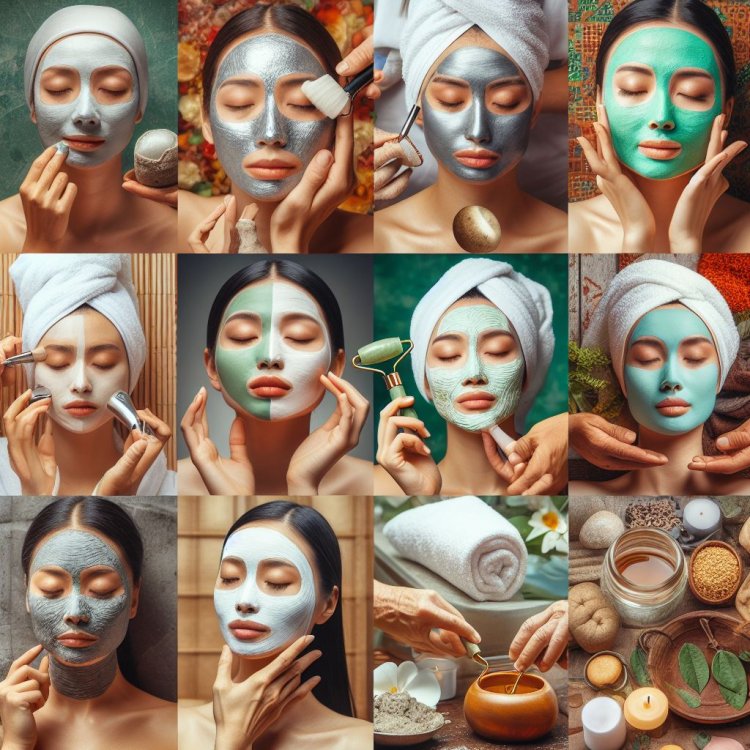The Science Behind Traditional Facial Rituals
Share this Post to earn Money ( Upto ₹100 per 1000 Views )

Traditional facial rituals, often rooted in centuries-old practices, are not just about beauty. They encompass a blend of cultural heritage, natural remedies, and scientific principles that contribute to skin health and wellness. And If you are interested in getting a traditional facial, we are dedicated to providing the best traditional facial in Essendon, Melbourne. Here's a look at the science behind some of these traditional facial rituals.
1. Ayurvedic Practices: Ayurveda, an ancient Indian system of medicine, emphasizes the balance between mind, body, and spirit. Facial rituals in Ayurveda often involve the use of natural ingredients like turmeric, sandalwood, and rosewater. These ingredients are chosen for their anti-inflammatory, antiseptic, and soothing properties. Turmeric, for example, contains curcumin, which has been shown to reduce inflammation and can help with conditions like acne and rosacea.
2. Chinese Gua Sha: Gua Sha involves scraping a flat, smooth tool, usually made of jade or rose quartz, over the skin. This technique is believed to improve circulation and lymphatic drainage, leading to a brighter, firmer skin appearance. Scientifically, the gentle pressure and movement can indeed stimulate circulation, which enhances the delivery of oxygen and nutrients to the skin cells, promoting a healthy glow.
3. Japanese Facial Massage: Kobido, which translates to "the ancient way of beauty," combines massage techniques that not only aim to improve skin appearance but also to relieve tension. The massage stimulates blood flow and lymphatic drainage, reducing puffiness and improving skin elasticity. The increased circulation from the massage can help with cell turnover and collagen production, key factors in maintaining youthful skin.
4. Korean Double Cleansing: The Korean beauty ritual of double cleansing involves first using an oil-based cleanser followed by a water-based cleanser. This method ensures thorough removal of makeup, SPF, and pollutants, which can clog pores and lead to breakouts. The science behind it is simple: oil dissolves oil, effectively removing sebum and oil-based impurities, while the second cleanse addresses water-based debris like sweat and dirt.
5. Moroccan Hammam: The Moroccan Hammam ritual involves a steam bath followed by exfoliation with a "kessa" glove and the application of natural soaps like black soap, made from olives and olive oil. The steam opens up pores, allowing for deeper cleansing and hydration, while the physical exfoliation removes dead skin cells, promoting cell renewal. The use of natural ingredients helps moisturize and nourish the skin.














